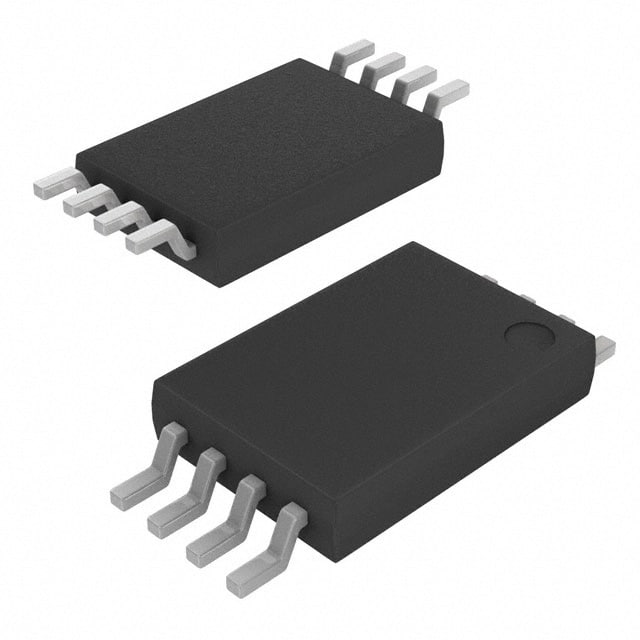Quantum Leap: How Next-Generation Semiconductor Materials Redefine Performance Metrics
In an era where technological progress hinges on the efficiency and capabilities of electronic components, the semiconductor industry stands at a critical juncture. The traditional reliance on silicon-based semiconductors, once the bedrock of innovation, now faces limitations in meeting the escalating demands of advanced applications. This challenge has spurred a race to develop next-generation semiconductor materials, marking a quantum leap in performance metrics that promises to reshape the future of electronics.
Silicon has dominated the semiconductor landscape for decades, enabling the miniaturization and increased processing power that have fueled the digital revolution. However, as devices become smaller and more powerful, silicon's physical limitations, such as its electron mobility and bandgap characteristics, are increasingly evident. These constraints impede further advancements in areas like high-frequency operation, power efficiency, and heat dissipation, necessitating the exploration of alternative materials.
One of the most promising candidates in this pursuit is gallium nitride (GaN). GaN-based semiconductors offer several key advantages over silicon. With a wider bandgap, GaN can withstand higher voltages and operate at higher temperatures without degrading performance. This makes it ideal for applications requiring high-power and high-frequency operation, such as 5G telecommunications, electric vehicle charging systems, and power supplies for data centers. GaN devices also exhibit lower switching losses and higher electron mobility, translating into improved energy efficiency and reduced power consumption. For instance, in power electronics, GaN-based converters can achieve up to 98% efficiency, significantly reducing energy waste and operating costs.

Another material generating significant buzz is silicon carbide (SiC). Similar to GaN, SiC features a wide bandgap, high thermal conductivity, and superior breakdown voltage. These properties make SiC a preferred choice for high-voltage and high-temperature applications, including electric vehicle drivetrains, renewable energy inverters, and aerospace electronics. SiC-based power devices can handle up to 10 times the voltage of silicon counterparts, enabling smaller, lighter, and more efficient power systems. Moreover, SiC's high thermal conductivity allows for better heat dissipation, eliminating the need for bulky cooling systems and further enhancing device compactness.
Beyond GaN and SiC, researchers are exploring emerging materials like perovskites and two-dimensional (2D) materials. Perovskites have shown remarkable potential in optoelectronic applications, such as solar cells and light-emitting diodes (LEDs). Their unique optical and electrical properties, including high light absorption and tunable bandgaps, offer the possibility of achieving higher conversion efficiencies and lower production costs. 2D materials, such as graphene and transition metal dichalcogenides, possess atom-thick structures that enable exceptional electrical and mechanical properties. These materials could revolutionize nanoelectronics, enabling the development of ultra-thin, flexible, and high-performance devices.
The adoption of next-generation semiconductor materials is not without challenges. Manufacturing processes for these materials are more complex and costly compared to traditional silicon fabrication. Developing reliable and scalable production methods, as well as ensuring material quality and consistency, remain significant hurdles. Additionally, integrating these new materials into existing semiconductor ecosystems requires significant investment in research, development, and infrastructure.
Despite these challenges, the potential benefits of next-generation semiconductor materials are too great to ignore. As industries from telecommunications to automotive and renewable energy continue to demand higher performance, greater efficiency, and smaller form factors, the transition to these advanced materials is inevitable. The quantum leap in performance metrics offered by GaN, SiC, perovskites, and 2D materials will not only drive innovation in existing applications but also open the door to entirely new technological frontiers. In the coming years, we can expect to see these materials play an increasingly crucial role in shaping the future of electronics and beyond.
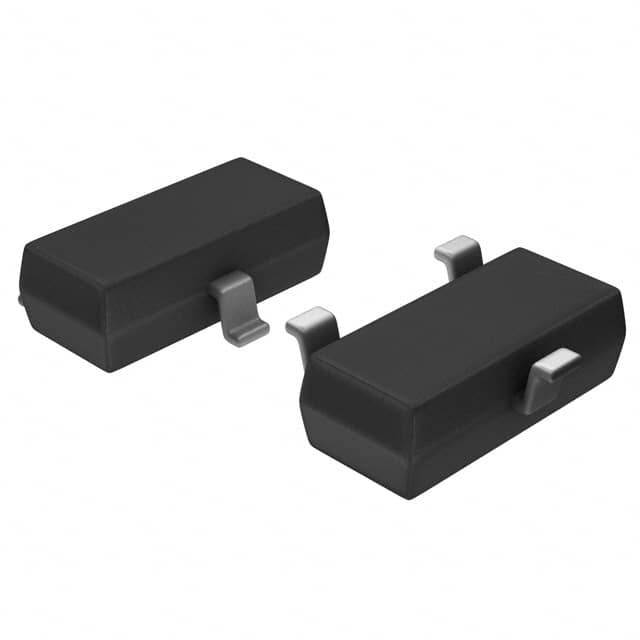
-
AT21CS01-STUM10-T Microchip Technology
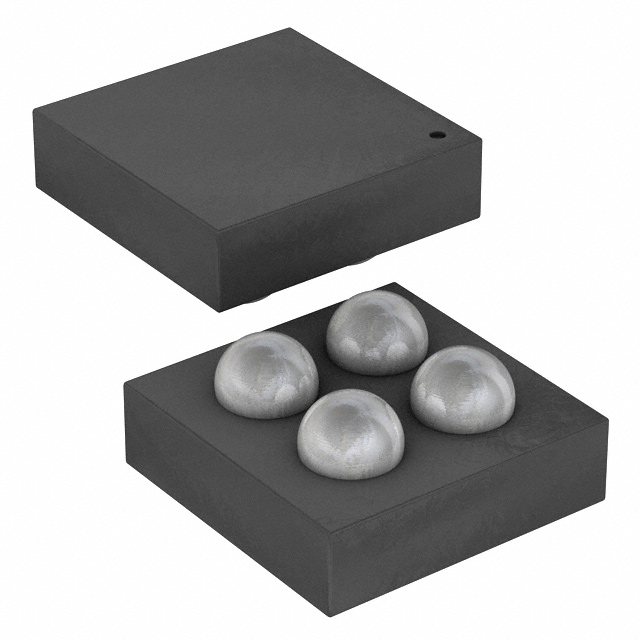
-
AT24CSW010-UUM0B-T Microchip Technology
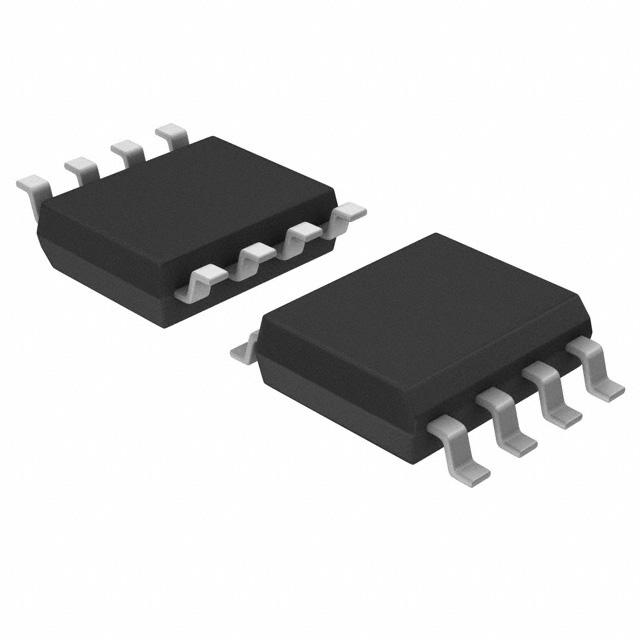
-
MX25R1635FM1IL0 Macronix
-
AT24C128C-XHM-T Microchip Technology
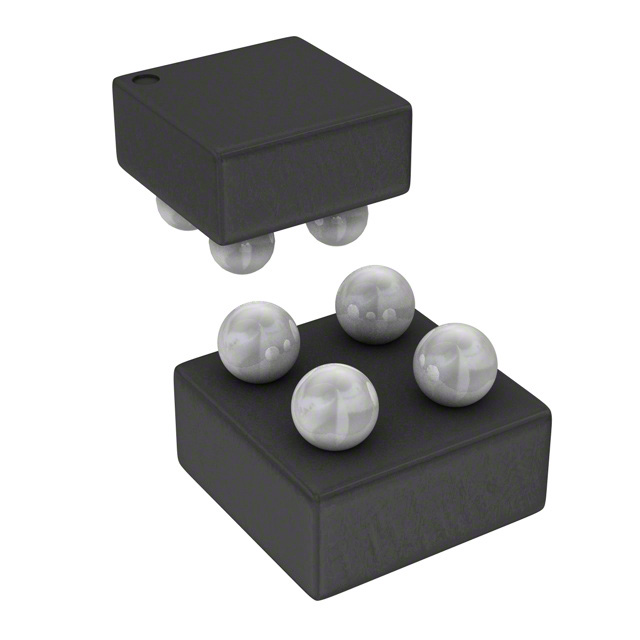
-
M24128X-FCU6T/TF STMicroelectronics

-
ATSHA204A-STUCZ-T Microchip Technology

